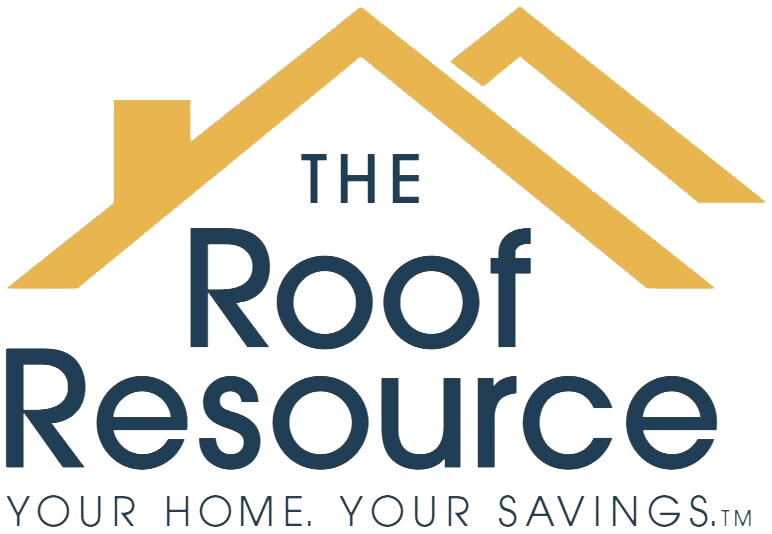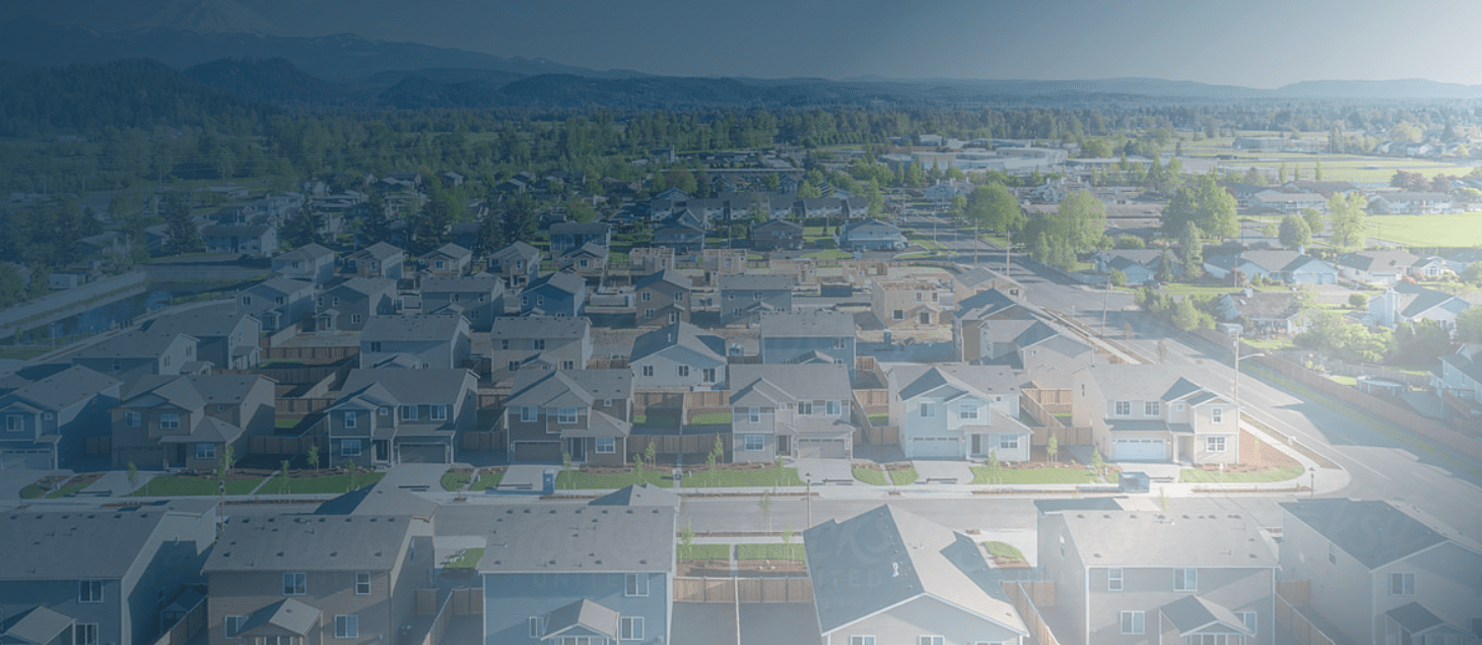How Long Do Roofs Last in Southfield, MI
Expert guidance on maximizing roof longevity in Southfield, MI.
When it comes to evaluating the longevity of your roof in Southfield, MI, there are several key factors to consider. The lifespan of a roof can vary depending on material, installation, maintenance, and environmental conditions. Understanding how long roofs typically last and what influences their durability can help homeowners make informed decisions about roof replacement and maintenance.
Factors Affecting Roof Longevity
Several factors can impact the lifespan of a roof, including the following:
Material: Different roofing materials have varying life expectancies. For example, asphalt shingles typically last 15-30 years, while metal roofs can last 40-70 years, and clay or concrete tiles can endure for 50-100 years. Understanding the specific characteristics and expected lifespan of your roofing material is essential for assessing its longevity.
Installation: The quality of the initial installation plays a significant role in determining how long a roof will last. Proper installation practices ensure that the roof performs as intended and maximizes its lifespan. Poor installation can lead to premature deterioration and shorten the roof’s longevity.
Maintenance: Regular maintenance and inspection are crucial for prolonging the life of a roof. Keeping the roof clean, addressing minor issues promptly, and conducting periodic assessments can help prevent major problems and extend the roof’s lifespan.
Environmental Factors: Climate, weather patterns, and environmental conditions can significantly impact the durability of a roof. Factors such as extreme temperatures, heavy rainfall, snow, hail, and high winds can contribute to wear and tear on the roof, affecting its longevity.
Signs of Roof Deterioration
Recognizing the signs of roof deterioration is essential for determining when it’s time for a replacement. Some common indicators that a roof may be reaching the end of its lifespan include:
1. Missing, cracked, or curling shingles
2. Bald spots on asphalt shingles
3. Water stains on the ceiling or walls
4. Leaks in the attic after heavy rain
5. Excessive granule loss in the gutters
6. Sagging or uneven areas on the roof
7. Persistent mold or moss growth
Evaluating Roof Longevity
To evaluate the remaining lifespan of your roof, consider the following steps:
1. Review Installation Records: If possible, access the records of your roof’s installation to determine its age and any warranty information. Knowing the age of the roof can provide insight into its expected longevity.
2. Assess Current Condition: Conduct a visual inspection of the roof to identify any visible signs of deterioration or damage. Look for missing or damaged shingles, areas with granule loss, sagging sections, or signs of water damage.
3. Consider Material and Maintenance: Take into account the type of roofing material and the maintenance history of the roof. If the roof has been well-maintained, it may have a longer remaining lifespan compared to a neglected roof.
4. Consult a Professional: If you are uncertain about the condition or remaining lifespan of your roof, consider consulting a professional roofing contractor for a thorough inspection and assessment.
When to Consider Roof Replacement
After evaluating the factors influencing roof longevity and assessing the current condition of your roof, it’s important to determine when roof replacement is necessary. Some key considerations for deciding on roof replacement include:
Age of the Roof: Most roofing materials have an expected lifespan, and if your roof is nearing or past this timeframe, it may be time for replacement.
Extent of Damage: If the roof exhibits severe damage, widespread deterioration, or significant structural issues, replacing the roof may be the most practical solution.
Cost of Repairs: When the cost of repairing the roof approaches or exceeds the expense of replacement, it may be more cost-effective to opt for a new roof.
Future Plans: Consider your long-term plans for the property. If you intend to sell the house in the near future, a new roof can enhance its value and appeal to potential buyers.
In summary
Evaluating the longevity of a roof involves considering multiple factors, including material, installation, maintenance, and environmental conditions. ecognizing the signs of roof deterioration and recognizing when to consider replacement, homeowners in Southfield, MI can make informed decisions about their roofing needs. Regular maintenance, timely repairs, and professional assessments are essential for extending the lifespan of a roof and ensuring the protection of the home.


